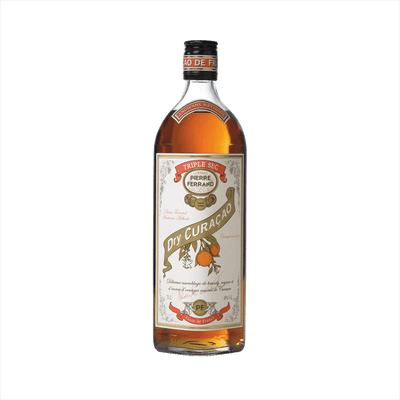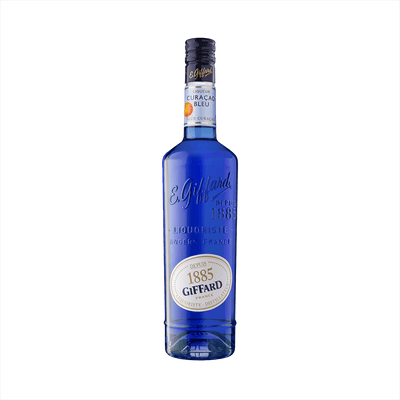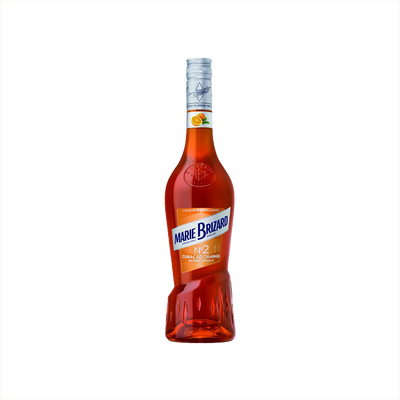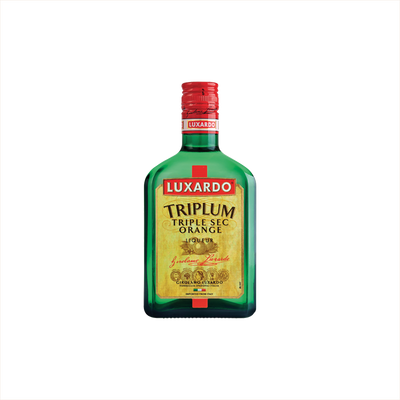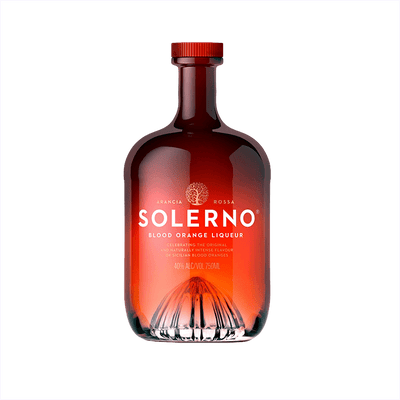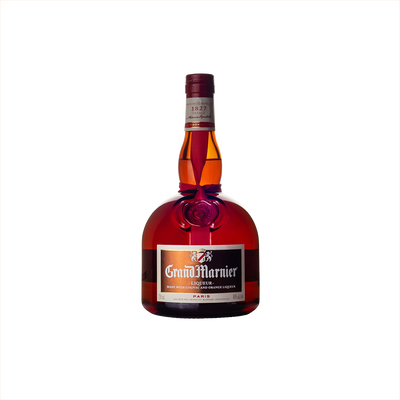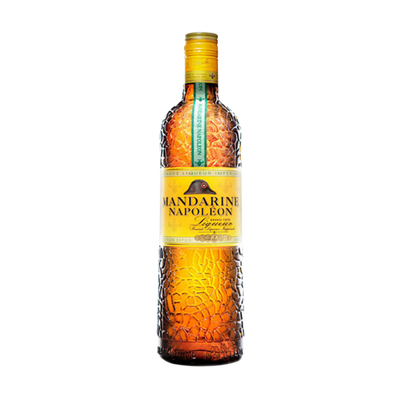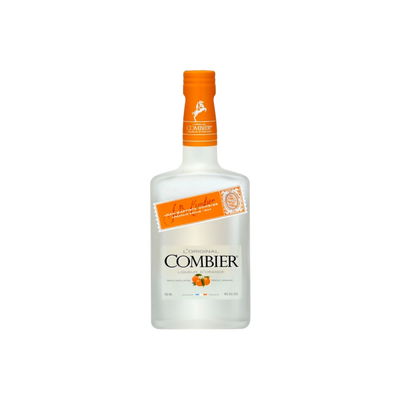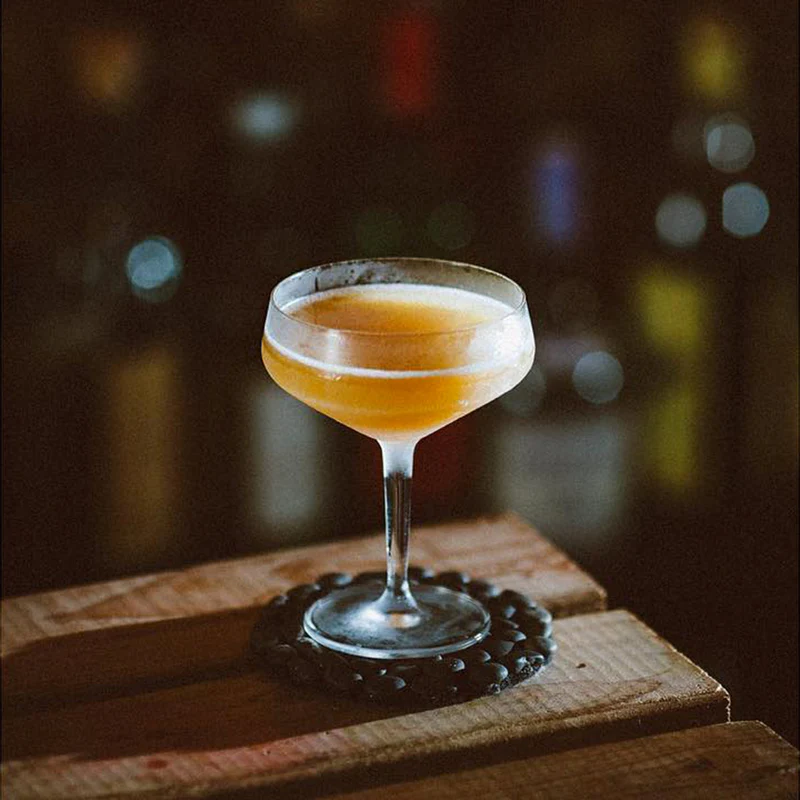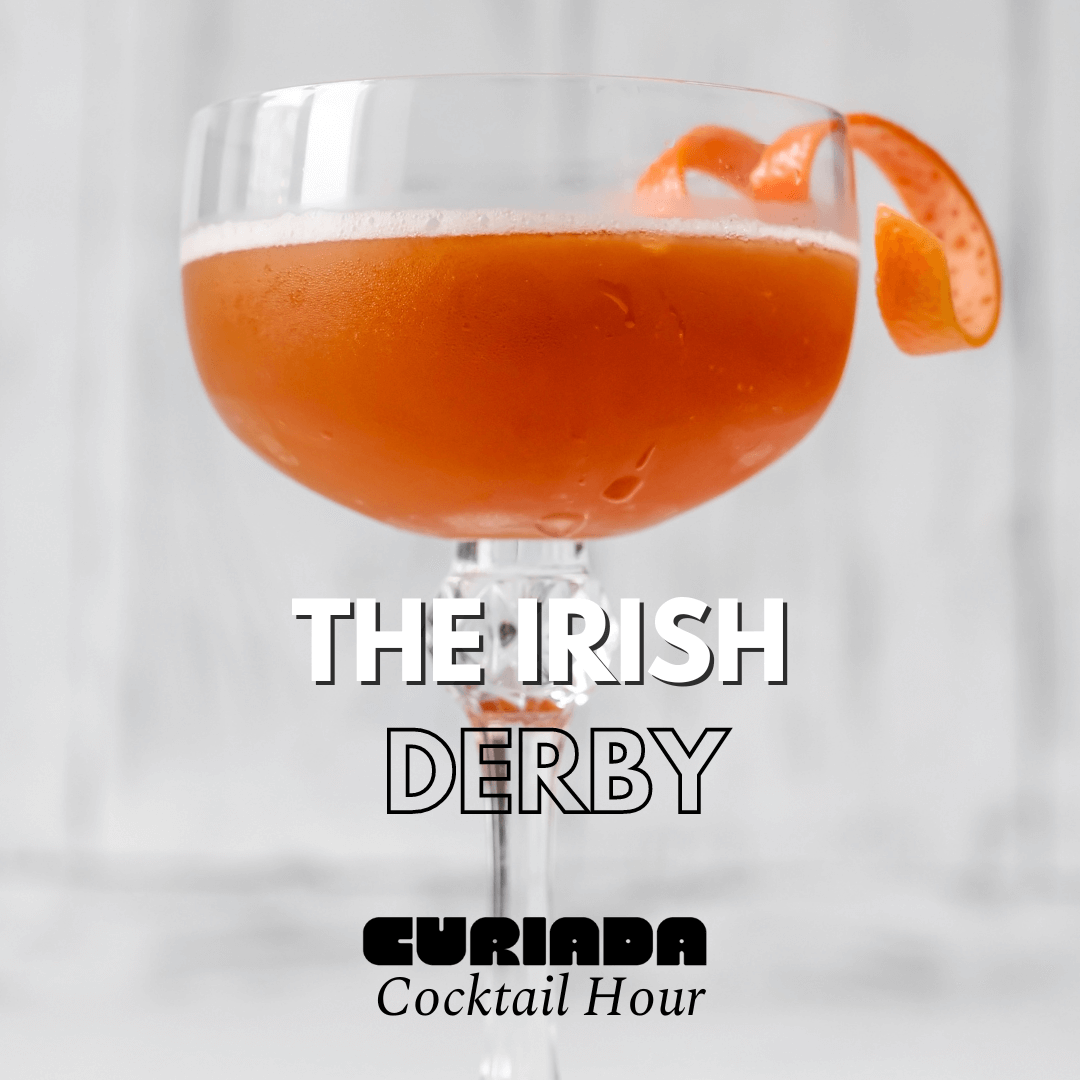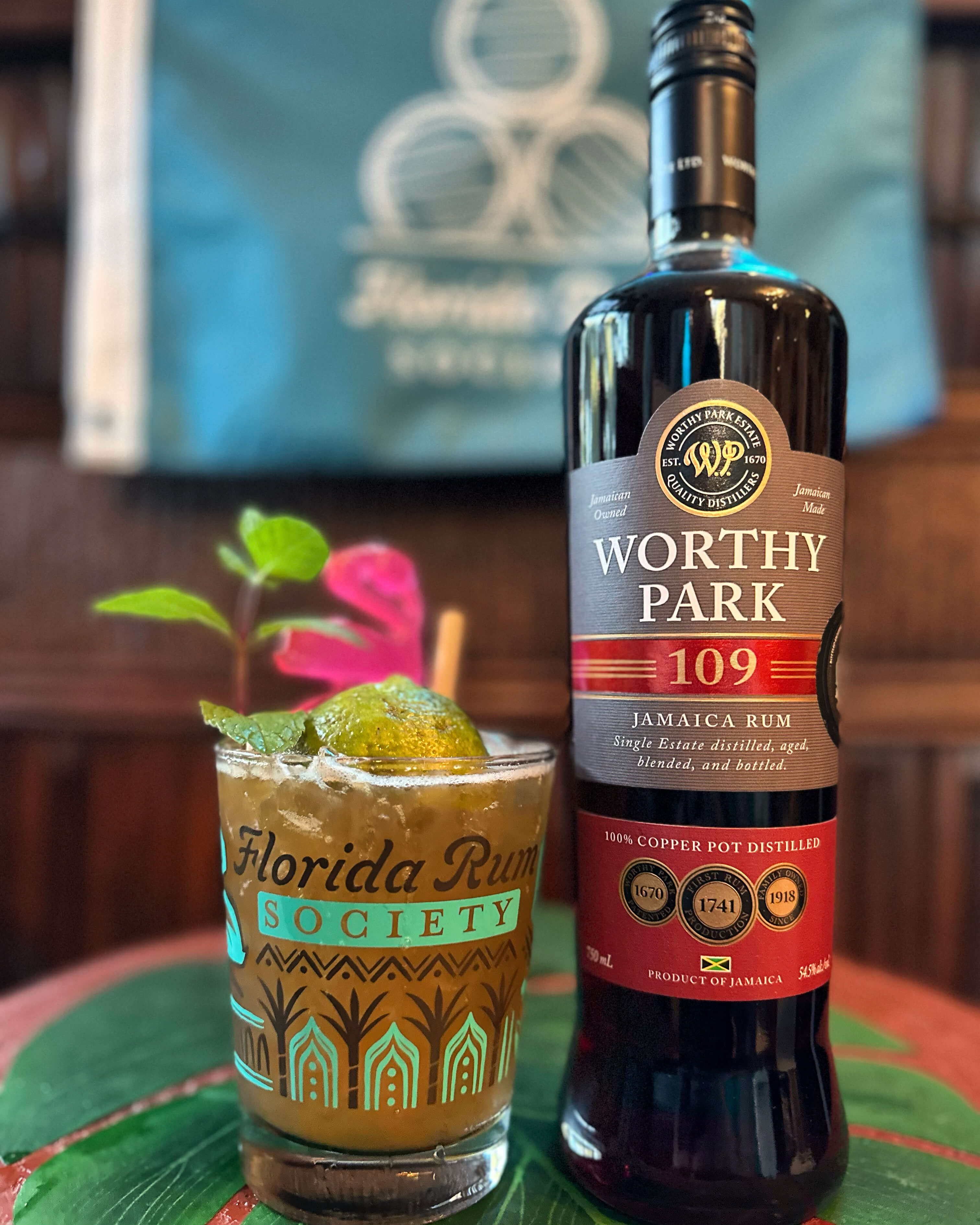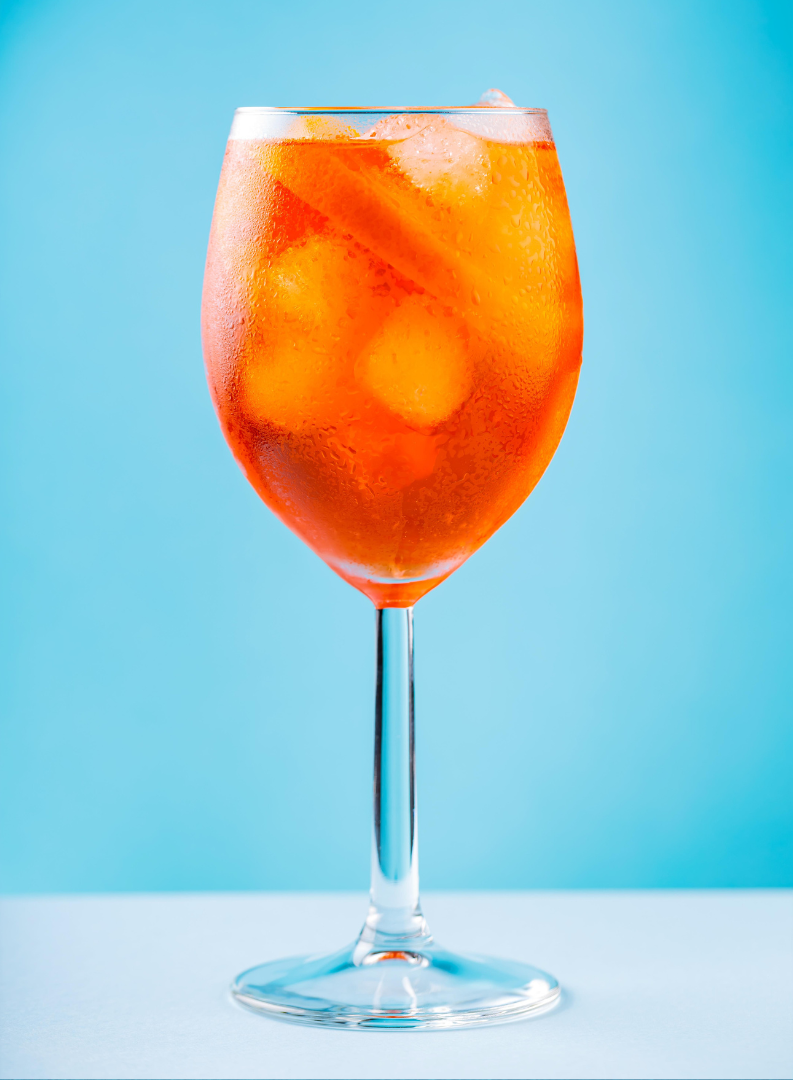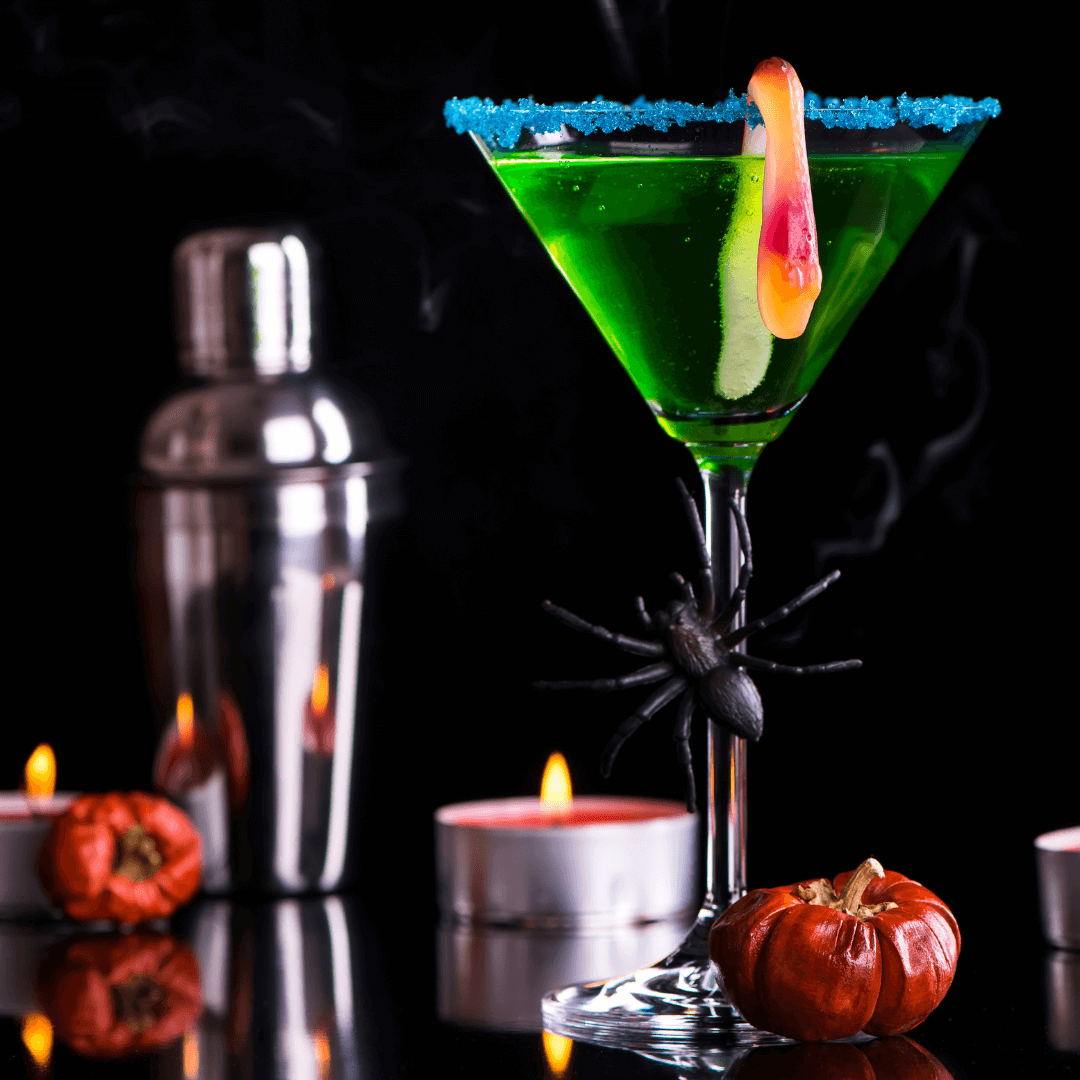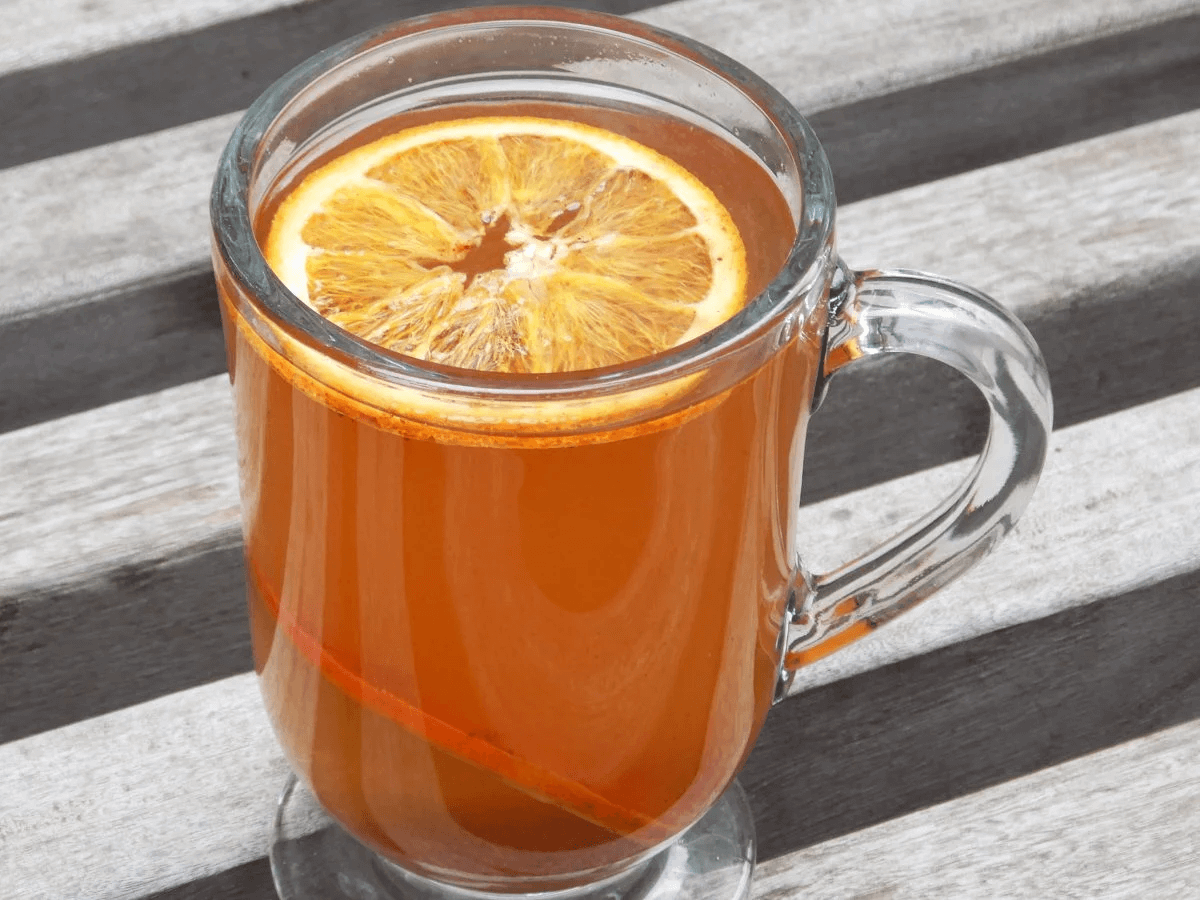Orange Liqueur
What is Orange Liqueur?
Orange liqueur is a specific type of Fruit Liqueurs that captures the bright, citrusy essence of oranges in a sweetened alcoholic spirit. These liqueurs are defined by their orange flavor profile, which can range from the bitter complexity of Curaçao made with dried Laraha orange peels to the sweet, candy-like character of triple sec. What sets orange liqueurs apart is their versatility in cocktails and their ability to add both sweetness and citrus depth, making them essential ingredients in classics like the Margarita, Cosmopolitan, and Sidecar.
Learn More About Orange Liqueur
What makes Orange Liqueur unique?
Orange liqueurs stand apart from other fruit liqueurs because they're built on a foundation of bitter orange peels rather than sweet fruit flesh, creating complex layers of citrus oils and aromatic compounds that other fruit spirits simply can't match. While most fruit liqueurs rely on the sugar and pulp of ripe fruit, orange liqueurs extract their character from the zest and pith, giving them that distinctive bitter-sweet balance and intense aromatic punch. This unique production method means orange liqueurs like Cointreau and Grand Marnier bring both brightness and depth to cocktails, acting as flavor amplifiers that can tie together disparate ingredients in ways that cherry, berry, or stone fruit liqueurs never could.
How is Orange Liqueur made?
Orange liqueur starts with a neutral spirit base that gets infused with orange peels, either through maceration where the peels soak directly in the alcohol, or through distillation where the spirit vapors pass through the citrus oils. The process varies wildly between producers—some use fresh peels from specific orange varieties like bitter Seville oranges or sweet Valencia oranges, while others employ dried peels or even whole fruits. After extraction, most producers add sugar to balance the intense citrus oils and create that signature sweet-tart profile, though premium brands like Cointreau keep sugar levels lower to let the pure orange flavors shine through.
How do you drink Orange Liqueur?
Orange liqueur shines brightest as a cocktail ingredient, where it adds citrusy sweetness and complexity to classic drinks like Margaritas, Sidecars, and Cosmopolitans. While you can sip premium orange liqueurs like Grand Marnier neat as a digestif, most people enjoy them mixed into cocktails that span from refreshing citrus-forward drinks to rich, spirit-forward classics. These versatile liqueurs work beautifully in summer cocktails when you want bright, zesty flavors, and they're equally at home in winter holiday punches and warm drinks that benefit from their sweet orange warmth.
How do I choose good Orange Liqueur?
Your cocktail choice should guide your orange liqueur selection - reach for Cointreau or Grand Marnier when making classics like Margaritas or Sidecars where the orange flavor needs to shine through, while budget-friendly triple sec works perfectly in punches or mixed drinks where other flavors dominate. Consider the sweetness level too: Cointreau brings crisp, dry orange notes that won't overpower gin or whiskey, while sweeter options like Patron Citrónge add richness to tequila-based drinks. Always taste before you buy when possible, since orange liqueurs range from candy-sweet to bracingly bitter, and the wrong choice can throw off your entire cocktail's balance.
Nutritional Information
Typical Calorie Range per Ounce: 75-95 calories
Typical Carbohydrate Range per Ounce: 8-12 grams
Typical Sugar Range per Ounce: 7-11 grams
Typically Gluten Free: Yes
Most orange liqueurs are made from citrus peels, neutral spirits, and sugar without any gluten-containing ingredients. Popular brands like Cointreau, Grand Marnier, and Triple Sec are generally considered gluten-free. That said, production methods can vary between manufacturers, and some brands may use additives or processing techniques that could introduce gluten. Always check the specific product label and manufacturer information to confirm gluten-free status, especially if you have celiac disease or severe gluten sensitivity.
Scrolled this far? Your reward? Orange Liqueur Trivia!
- The "Holy Trinity" of orange peels creates Cointreau's signature flavor. Most people think orange liqueur comes from regular oranges, but Cointreau uses three specific types: sweet oranges from Spain, bitter oranges from Haiti, and sweet orange peels from Brazil. The distillers guard the exact proportions like a state secret, and each type gets distilled separately before blending. This triple-orange approach is why Cointreau tastes so different from cheaper orange liqueurs that use just one variety.
- Grand Marnier's "Cordon Rouge" contains cognac that's older than most whiskeys on your shelf. While the bottle doesn't shout about age statements, the cognac base in Grand Marnier typically ages 2-5 years before being blended with orange essence. That's longer than many bourbons spend in barrels. The orange flavoring comes from Caribbean bitter orange peels that are macerated in neutral spirits, then blended with this aged cognac to create that distinctive amber color and complex flavor profile.
- Triple Sec got its name from being distilled three times, not from containing three ingredients. "Sec" means dry in French, and "triple" refers to the triple distillation process that creates the clean, pure orange flavor. The confusion comes from the fact that many modern triple secs are made differently, but the original Cointreau process involves three separate distillations to achieve that crystal-clear appearance and intense orange concentration without any bitter aftertaste.
- Orange liqueur saved the Margarita from obscurity in the 1970s. The Margarita existed since the 1940s but remained a regional drink until premium orange liqueurs like Cointreau and Grand Marnier replaced cheap triple sec in high-end bars. This upgrade transformed what was often a sickly-sweet, artificially flavored drink into the balanced, sophisticated cocktail we know today. The quality orange liqueur provides the essential bridge between tequila's earthiness and lime's tartness.
- Blue Curaçao and regular Curaçao are identical except for food coloring. Both come from the dried peels of bitter oranges grown on the island of Curaçao, and both taste exactly the same. The blue version was created purely for visual appeal in cocktails like the Blue Hawaiian and Blue Lagoon. Senior & Co, the original Curaçao producer since 1896, makes their blue version by adding artificial blue coloring to their regular orange liqueur. The marketing worked so well that many people think blue Curaçao tastes different or contains different ingredients.
Higher-proof spirits can be intense. Mix carefully, taste thoughtfully, and enjoy responsibly.
Gift message (optional)

